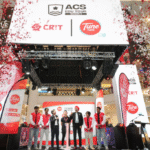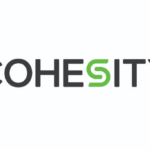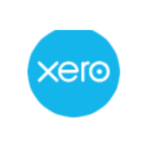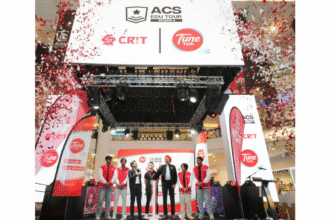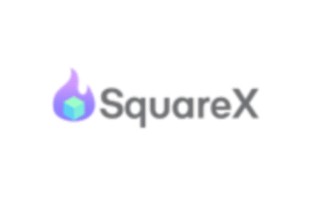Criteo (NASDAQ: CRTO) reported Q2 2025 earnings results today, with strong gains in retail and performance media. While retail media continues to solidify the company’s role as a long-term growth engine, the performance foundation of the business strengthened with traction for social campaigns, Commerce GO! and early wins in CTV. The performance business also benefitted from AI-driven enhancements and the continued success of its Commerce Audiences offering.
Looking ahead, Criteo’s CEO, Michael Komasinski shared, “Criteo is advancing an ambitious vision: to deliver full-funnel, cross-channel, self-service advertising that performs. We’re building a unified, AI-powered, outcome-driven platform designed for the next decade of commerce—connecting demand and supply across the open internet and optimized for every stage of the shopper journey.”
Q2 Growth Fueled by Performance and Retail Media
In Performance Media, revenue was $422 million and Contribution ex-TAC (net revenue) was $232 million, up 6% year-over-year at constant currency, or 17% on a two-year stack basis.
Highlights include high-single-digit growth in APAC, led by its marketplace offering, which empowers marketplace merchants to resell Criteo’s targeting and retargeting tools, boosting sales and generating incremental revenue.
Travel remains Criteo’s fastest growing vertical, up 28% year-over-year.
Early results in Connected TV (CTV) show strong potential for it to become a powerful performance marketing channel.
In the U.S., Criteo announced its newest partnership with WPP Media to reach high-intent shoppers at scale across premium CTV inventory, making it easier for advertisers to run audience-led CTV campaigns on Roku, Samsung, and others using curated Deal IDs with Commerce Grid.
Retail Media revenue was $61 million, and Contribution ex-TAC (net revenue) grew 11% at constant currency to $60 million, a 35% increase on a two-year stack.
There was continued expansion with CPG and smaller brands, with the addition of 200 new brands this quarter. Media spend in Q2 grew 20% year-over-year, above market, demonstrating that the business continues to gain share.
Criteo’s new partnership with Mirakl is expected to unlock demand from mid-to-long-tail advertisers.
Criteo also launched two new advertising formats to help simplify the buying and selling of retail media: Onsite Video and Auction-Based Display.
Criteo continues to win new retailers globally, including former Microsoft Advertising retailers, Thermo Fisher and BJ’s Wholesale Club, grocers: Weis Markets, Winn-Dixie, and Harveys Supermarkets via its digital commerce partner Mercatus in the U.S.
The company also continues to gain traction with agencies.
In June, Criteo announced an expanded global partnership with dentsu, marking the first time a holding company leveraged its complete Commerce Media Platform stack.
Today, Criteo announced the recent renewal and expansion of a multi-year global partnership with a top holding company, which now also includes all of its platform’s powerful commerce solutions.
To continue driving positive momentum in both performance media and retail media, Todd Parsons has been promoted to Chief Product Officer and President, Performance Media, and Sherry Smith to President, Retail Media. The company has also begun a search to hire a Chief Customer Officer.
Criteo’s Lays Out Strategy for AI-Assisted and Agentic Commerce
Criteo views AI as the next frontier in commerce, and its business is uniquely differentiated to deliver real, defensible value in the space.
Criteo’s unparalleled access to real-time, actionable data such as inventory levels, pricing, availability and sourcing, standardized across thousands of retailers, enables the development of smart AI models that surface the right product at the right time.
Anticipating the future, Criteo is investing in the necessary resources to accelerate the delivery of Criteo’s agentic product for commerce – giving marketers more flexibility, precision, and control across the shopper journey. This includes:
Expanding where and how media can be activated by embedding marketing capabilities into new environments including agent interfaces.
Developing Model Context Protocol (MCP) support for delivering product and shopper information to AI agents in a way that is real-time, structured, and controlled.
Actively engaging with Large Language Model (LLM) vendors to explore how to best shape the next wave of consumer interaction.
Legal Disclaimer: The Editor provides this news content "as is," without any warranty of any kind. We disclaim all responsibility and liability for the accuracy, content, images, videos, licenses, completeness, legality, or reliability of the information contained in this article. For any complaints or copyright concerns regarding this article, please contact the author mentioned above.
